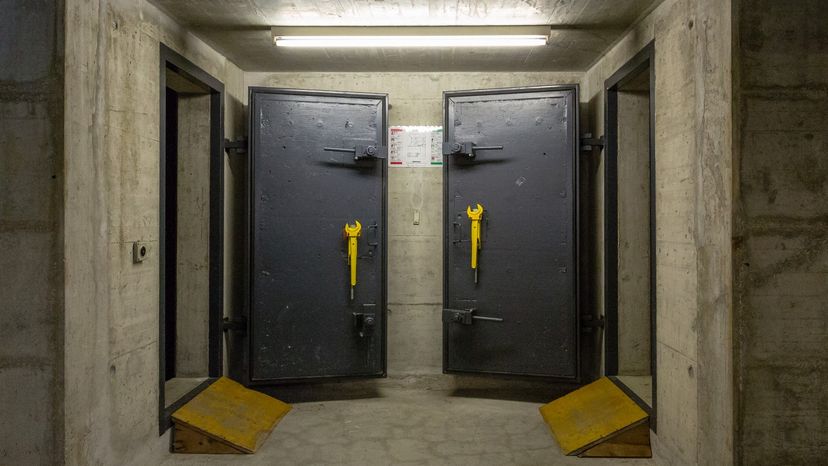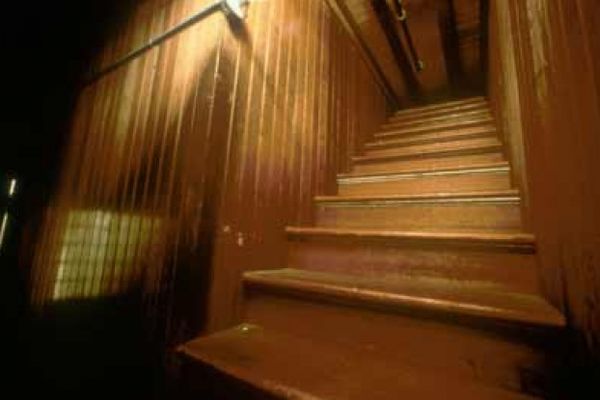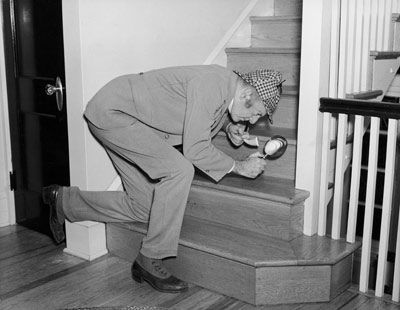
When you hear the words "panic room," you might think of the 2002 flick in which Jodie Foster hides in a fortified room in a Manhattan town house. Foster's character has a bevy of surveillance equipment and supplies, but thieves terrorize her and attack the room until she is forced to come out and confront them.
But panic rooms are generally less dangerous and exciting than they sound. For one, they're usually called "safe rooms," which makes them seem a little less dramatic. We can also trace their origins much further back than any Jodie Foster movie. Medieval feudal lords, for example, used safe rooms as protection from siege. But how close does Hollywood come to capturing a real panic room?
Advertisement
Today's panic rooms can be extremely high-tech. Most security experts say that with basic communication equipment, occupants should have to hole up in the room for only an hour or two in case of a home invasion.
To understand the panic room, we have to understand why people want them. The most advanced fortresses come with hefty price tags, so only the wealthy can typically afford them. But in the wake of increased terror alerts and weather-related catastrophes in the United States, basic panic rooms are becoming more popular. They're constructed of weather-resistant materials and are stocked with gas masks and potassium iodine tablets to protect against biological and nuclear attacks. And some manufacturers claim their rooms can accommodate families for an extended stay -- even as long as a month.
Besides basic provisions and a good lock, panic rooms can include any number of features, from a battery of artillery to a fully stocked wet bar. But details are hard to come by -- because people are paying for privacy, most panic-room builders are unwilling to disclose much information.
In this article we will enter the panic room. We'll explore what real panic rooms are like and how they came into existence. Should you get one? Where do you get one? And what makes them safer than any other room in your home?


